
Hadennia is a genus of moths of the family Erebidae. The genus was described by Moore in 1885.
Oxygonitis is a monotypic moth genus of the family Noctuidae. Its single species, Oxygonitis sericeata, is found in the Indian subregion, Myanmar, Sumatra, Peninsular Malaysia, Java, Borneo, the Philippines, Sulawesi, Australia and Sri Lanka. Both the genus and species were first described by George Hampson in 1893.
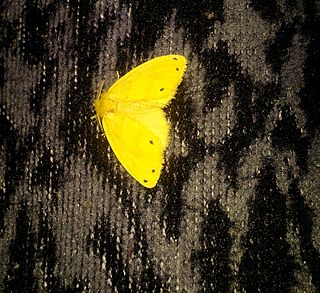
Artaxa is a genus of tussock moths in the family Erebidae erected by Francis Walker in 1855. Some of the species have urticating hairs.
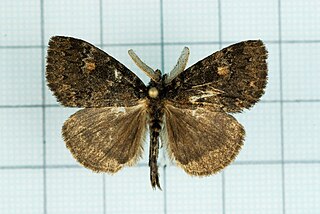
Ilema is a genus of tussock moths in the family Erebidae. The genus was described by Walker in 1855 and renamed by Moore in 1860, because Walker's chosen name was preoccupied.
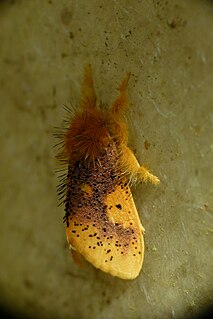
Nygmia is a genus of tussock moths in the family Erebidae. The genus was erected by Jacob Hübner in 1820.

Comostola is a genus of moths in the family Geometridae erected by Edward Meyrick in 1888. They are found primarily in Asia and Australia.

Ozola is a genus of moths in the family Geometridae first described by Francis Walker in 1861.

Plutodes is a genus of moths in the family Geometridae erected by Achille Guenée in 1857.

Bamra albicola is a moth of the family Noctuidae first described by Francis Walker in 1858.
Belciana biformis is a moth of the family Noctuidae first described by Francis Walker in 1858.
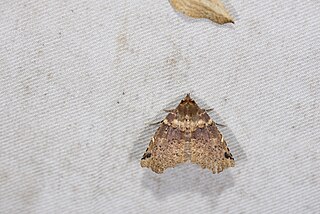
Falana sordida is a moth of the family Noctuidae first described by Moore in 1882.

Argyrocosma inductaria is a moth of the family Geometridae first described by Achille Guenée in 1857. It is found in Sri Lanka, India, Peninsular Malaysia and Borneo.
Idaea semisericea is a moth of the family Geometridae first described by Warren in 1897. It is found in the north-eastern Himalayas of India, Sri Lanka, Borneo, Java and the Philippines.
Synegia imitaria is a moth of the family Geometridae first described by Francis Walker in 1861. It is found in Sri Lanka, India, Borneo, Peninsular Malaysia and Sumatra.

Sauris interruptata is a moth of the family Geometridae first described by Moore in 1888. It is found in India's north-east Himalayas, Sri Lanka, the Ryukyu Islands, Taiwan, Myanmar, Peninsular Malaysia, Borneo, the Philippines, and possibly the Moluccas and New Guinea.
Semiothisa ozararia, is a moth of the family Geometridae first described by Francis Walker in 1860. It is found in the Indian subregion, Sri Lanka, Taiwan, Borneo, Sumatra and Java.
Poeta quadrinotata is a moth of the family Notodontidae first described by Francis Walker in 1865. It is found in Sri Lanka, Peninsular Malaysia, Sumatra and Borneo.

Avitta quadrilinea is a moth of the family Noctuidae first described by Francis Walker in 1863. It is found in Borneo, Peninsular Malaysia, Thailand, the Indian subregion, the Philippines, Sulawesi and Sri Lanka.
Dichromia thermesialis is a moth of the family Erebidae first described by Francis Walker in 1866. It is found in India, Sri Lanka, China, Sumatra, Borneo and New Guinea.
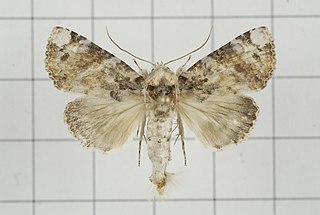
Beana terminigera is a moth of the family Nolidae first described by Francis Walker in 1858. It is found in India, Sri Lanka, Nepal, Thailand, Myanmar, Peninsular Malaysia, Borneo and the Philippines.












